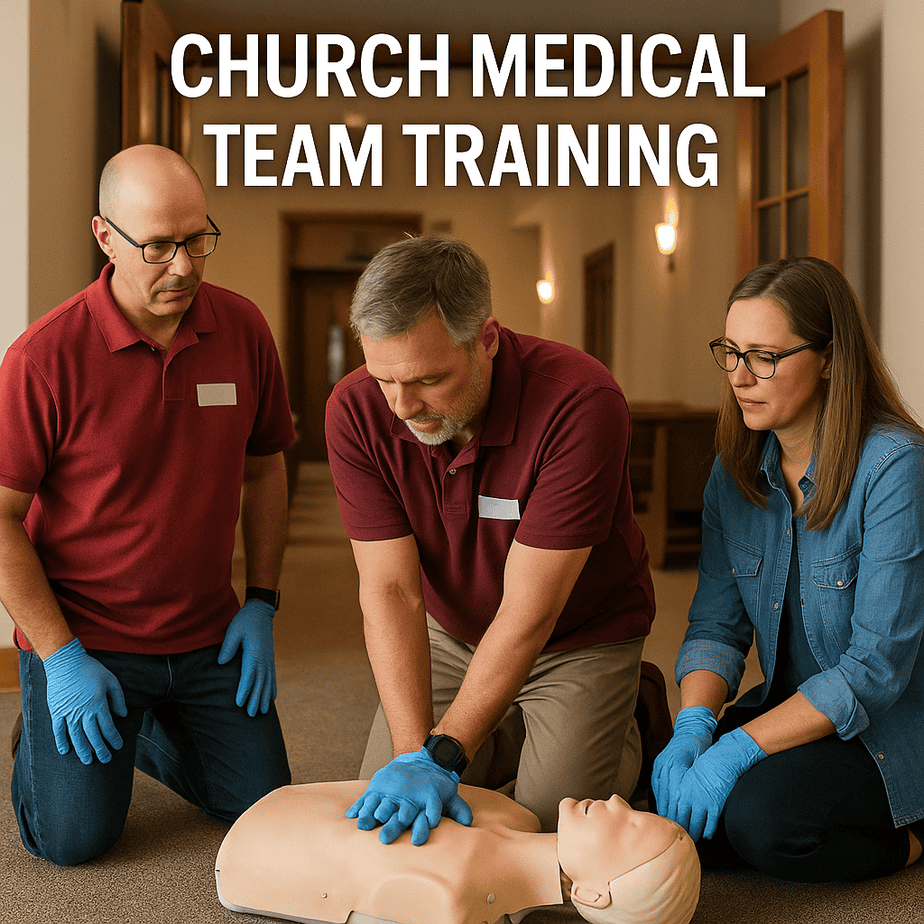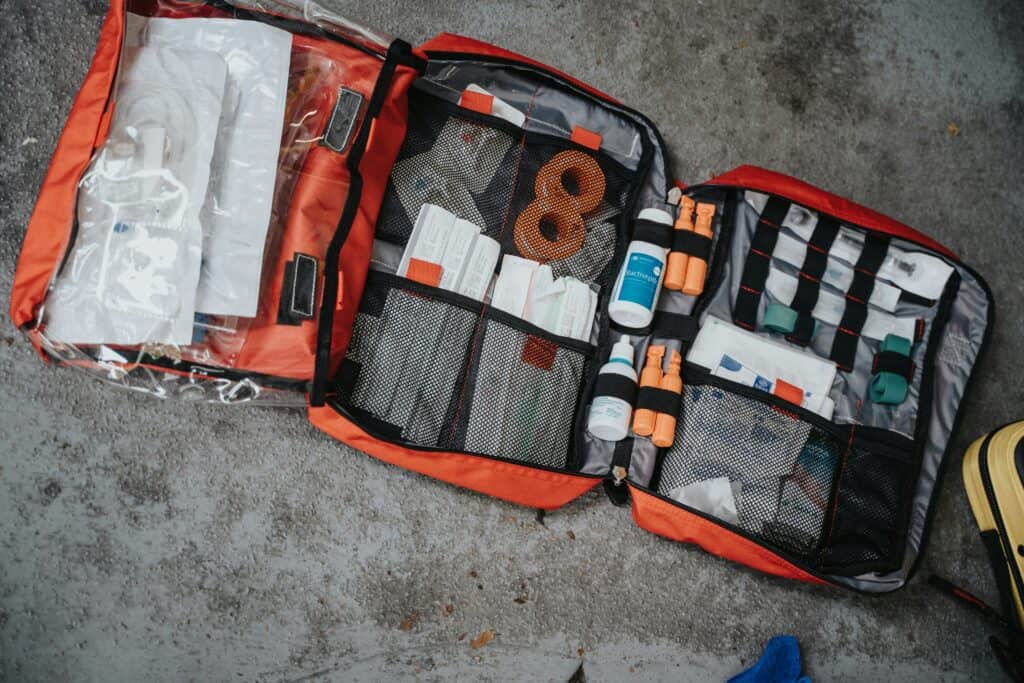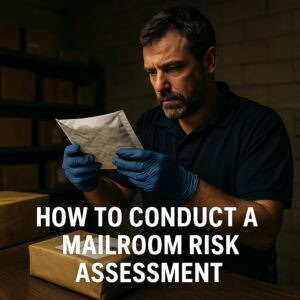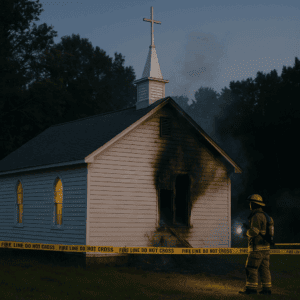Why Training Frequency Matters
It doesn’t take long for life-saving skills to get rusty.
Even well-trained medical volunteers lose sharpness if they’re not practicing regularly.
CPR skills fade within six months without refreshers.
Trauma care techniques like tourniquet use slip even faster without hands-on repetition.
If a medical emergency hits your service, and the team hasn’t trained in a year, you’ll see hesitation, confusion, and mistakes.
Plus, documented ongoing training protects your church legally.
It shows you’re proactive, not negligent.
How Often Should a Church Medical Team Train?
You don’t have to turn your volunteers into EMTs. But you do have to keep skills fresh.
A simple cycle that works:
| Training Type | Frequency |
|---|---|
| CPR/AED Practice | Every 6 months |
| First Aid/Trauma Response Drills | Quarterly (every 3 months) |
| Full Incident Walk-Through | Twice a year |
| Recertification (CPR/AED) | Every 2 years (per American Heart Association Guidelines) |
| After Real Incidents | Within 1 week of event (review what happened) |
What Skills to Practice Regularly
If you’re only doing CPR mannequins once a year, you’re missing critical gaps.
Here’s what a full-cycle training should touch:
- CPR with AED handoff: Not just compressions, practice turning on the AED, attaching pads, and rotating rescuers.
- Tourniquet application: Practice on arms and legs. Time yourself. Aim for under 60 seconds.
- Bleeding control and wound packing: Gloves on. Pressure first. Pack wounds deep enough to matter.
- Scene management: Who controls the crowd? Who radios for EMS? Who meets them at the door? Practice the flow, not just the skills.
- Incident reporting walkthrough: Practice filling out an incident report properly. If it’s not documented, it didn’t happen.
If you already use our Church Medical Team SOP Bundle, you’ve got customizable forms and step-by-step response checklists ready.
How to Structure a Simple Training Plan
You don’t need 8-hour seminars. Here’s a working model:
- Quarterly: 1-hour sessions focused on one skill (e.g., bleeding control drill)
- Twice per year: Full medical emergency simulation
- After real emergencies: Short after-action review within 7 days
Training should fit your team’s size and experience. Some churches rotate who leads scenarios. Others bring in local EMTs to run real-world drills.
What matters is consistency.
Final Thought: Training Isn’t Optional
Building a church medical team is a great first step.
Keeping it trained is what actually saves lives.
The best teams we see don’t just talk about emergencies.
They walk through them. Practice after practice. Year after year.
If you want a ready-made system to help organize and document your training, you can grab our Church Medical Team SOP & Emergency Response Bundle.
It includes:
- SOPs
- Medical drill templates
- Incident reporting forms
- Trauma kit checklists
Train smart now…or scramble later. It’s your call.








